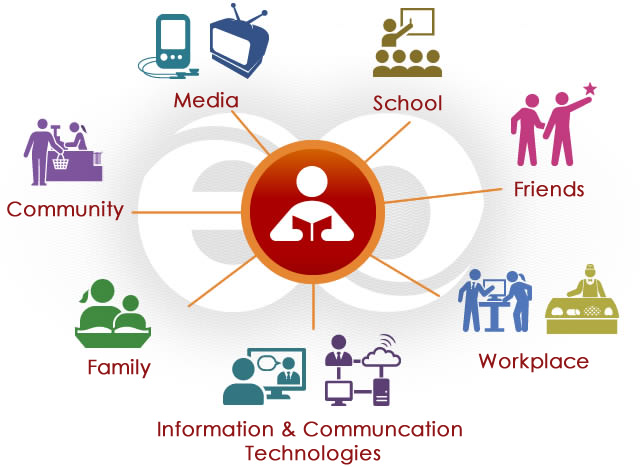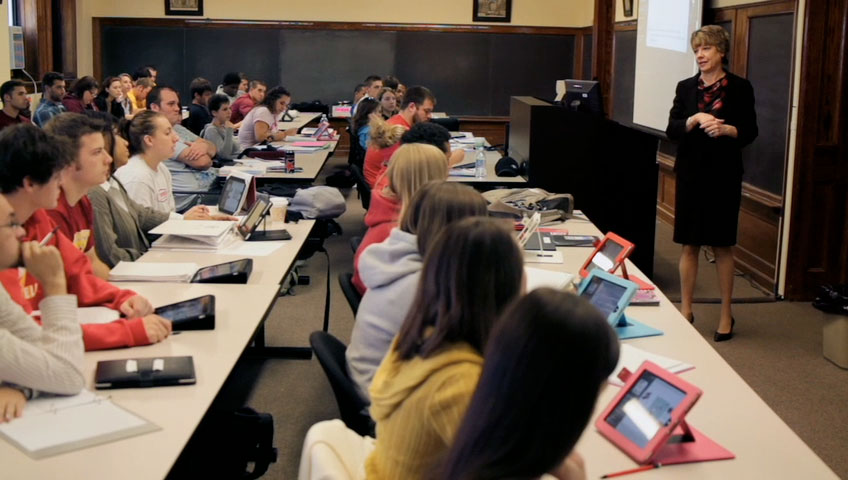
What Is A Learning Environment?
A learning environment is an atmosphere which encourages learning in a way that is most suitable for the learner; which is not limited to the classroom but is considered to be anywhere learning takes place. According to Education Reform, the term 'learning environment' is used regularly to describe the location where learning takes place which is an alternative to the classroom, however the definition of a learning environment includes features which can be seen within a classroom.What Makes A Good Learning Environment?
According to Education Scotland a learning environment should have a positive influence on the learner through promoting inclusion and equality.According to Montessori Northwest, the Montessori approach believes that a learning environment should be a quiet place with a positive atmosphere where the learner should be able to learn in their chosen way, either by themselves, in pairs or in groups. All the furniture is child friendly and are bright and colourful and are made out of natural materials.
Waldorf schools take a different approach; focusing on the creative aspect of learning with a flexible timetable to suite every child`s needs. While the core subjects are taught in thematic blocks, pupils are only provided a guideline for other subjects, focusing on the variations on pupils needs, allowing children to learn in a way which is suitable for them.
Technology and Education
 The past 15 years has seen a dramatic increase in the use of technology, as a form of learning environment, within education. In 2009, 97% of classrooms in America had one or more computers in the classroom with 93% of classrooms having access to the internet (IES). It is estimated that by the end of 2015, 242,000, primary schools and 370,000, secondary schools in the UK will use tablets within the classrooms (BESA)
The past 15 years has seen a dramatic increase in the use of technology, as a form of learning environment, within education. In 2009, 97% of classrooms in America had one or more computers in the classroom with 93% of classrooms having access to the internet (IES). It is estimated that by the end of 2015, 242,000, primary schools and 370,000, secondary schools in the UK will use tablets within the classrooms (BESA)The introduction of modern technology has changed the approach to education and has made learning more enjoyable. A study conducted in 2013, by BESA found that 73%, of primary school teachers and 80%, of secondary school teachers indicated that their pupils showed at least some interest in using educational apps on tablets during their lessons. With the introduction of educational apps such as "TapQuiz Maps" and "Wordflex" touch dictionary becoming available to use within the classroom; it is understandable why children are becoming more engaged with their subjects than before.
Despite this, it is important to question, once the novelty of using technology within the classroom fades, will children continue to be as enthusiastic about using educational apps within the classroom?
No comments:
Post a Comment